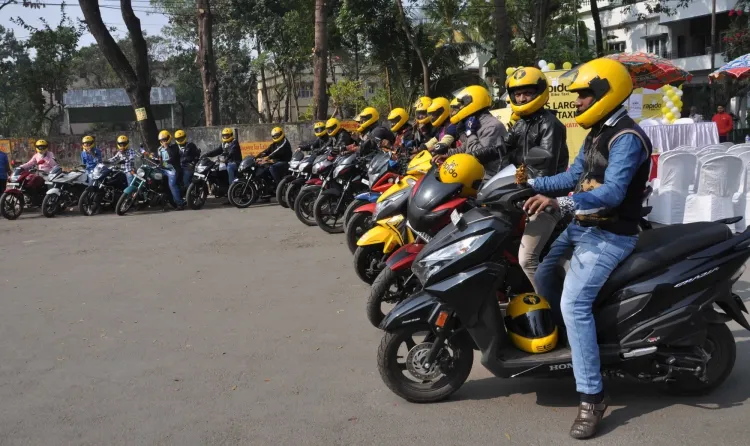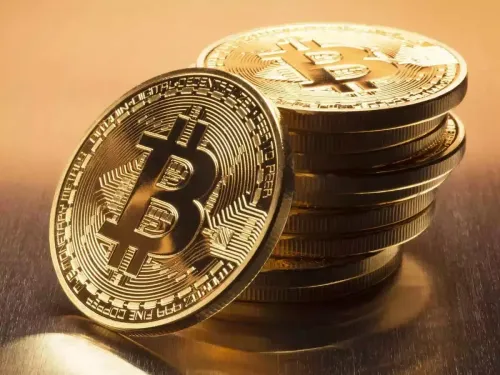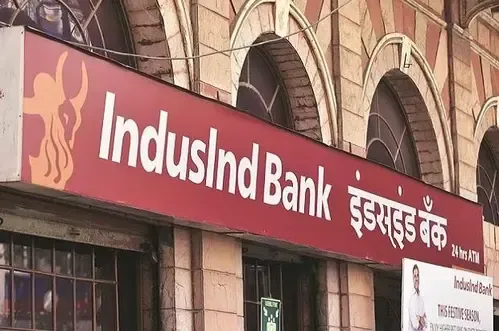Are Ride-sharing Platforms Disrupting Food Delivery Giants Like Zomato and Swiggy?

Synopsis
Key Takeaways
- Ride-sharing companies enter the food delivery market.
- Zomato and Swiggy face new competition.
- Lower margins may be an advantage for new entrants.
- Customer experience and execution are crucial for success.
- Delivery costs are competitive in comparison.
New Delhi, June 11 (NationPress) The foray of ride-sharing firms into the online food delivery sector in India presents an initial challenge for established players like Zomato and Swiggy. In their early stages, these companies can operate at significantly lower margins or even at a break-even point, as highlighted in a recent report.
Recently, Rapido has declared its entry into this market. While ONDC posed a similar threat in 2023, it didn't make a substantial impact on the duopoly of the food delivery landscape, according to insights from HSBC Global Investment Research.
The economic factors surrounding two-wheeler (2W) ride-sharing are comparable to that of food delivery (FD), but profit margins and the overall market size are considerably larger in the food delivery sector.
“The average order value (AOV) for 2W ride-sharing is approximately Rs 70, yielding a contribution margin (CM) of Rs 3-4. In contrast, the revenue per food delivery order for Zomato exceeds Rs 100, with delivery costs remaining similar,” the analysis noted.
This makes food delivery an appealing venture for ride-sharing platforms. Nonetheless, sustaining customer satisfaction, executing effectively, and scaling operations remain significant hurdles.
New entrants might capture the less profitable segments of the industry.
The average order value for food delivery stands around Rs 350 (after discounts for Zomato), leading to revenues exceeding Rs 100 and a contribution margin of Rs 35 per order.
The average cost of food delivery from restaurants to customers is Rs 65-70, which incorporates rider expenses, discounts, gateway fees, and additional charges such as customer support.
“In comparison, the AOV for 2W ride-sharing remains at Rs 70, with total variable costs also around Rs 65. We anticipate a slight increase in costs for food delivery, factoring in discounts and customer service expenses,” the report stated.
Thus, ride-sharing companies encounter costs that are similar or marginally higher than those faced by food delivery companies. However, in their formative years, ride-sharing companies can operate on significantly lower margins or at break-even.
This could translate to either a 4-5% reduction in costs for restaurants or complimentary delivery for consumers.
Zomato processes approximately 2.6 million food orders daily and achieves an EBITDA margin of 4.4% at that scale. It's noteworthy that average food delivery prices are already around 30-35% more than dine-in prices.
This indicates that, even after discounts, restaurants charge customers approximately 15-20% higher prices.
“On such pricing, Zomato imposes a take-rate of about 25% from restaurants, in addition to 4-5% delivery fees to customers, marking one of the highest charges compared to international counterparts,” the report concluded.









